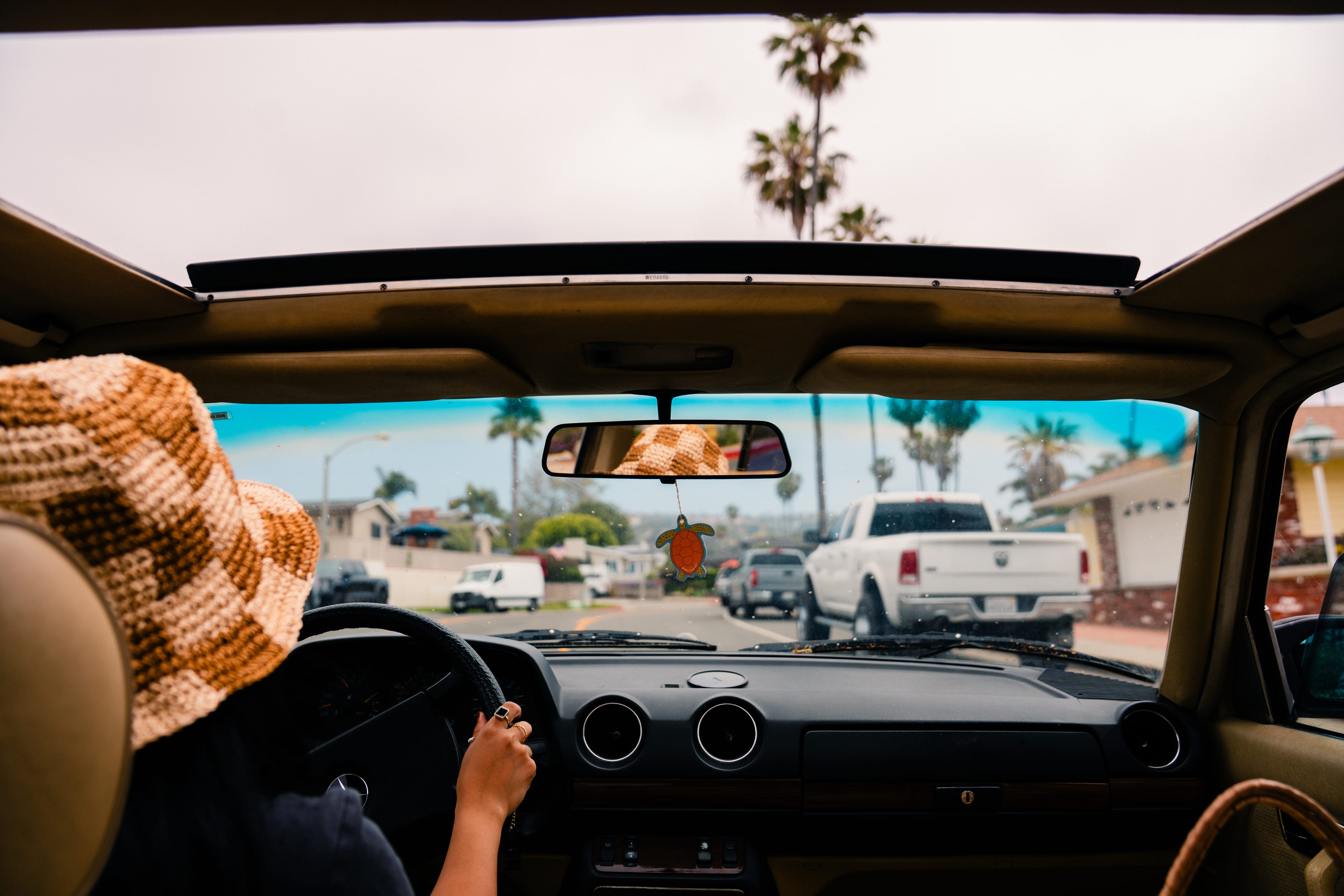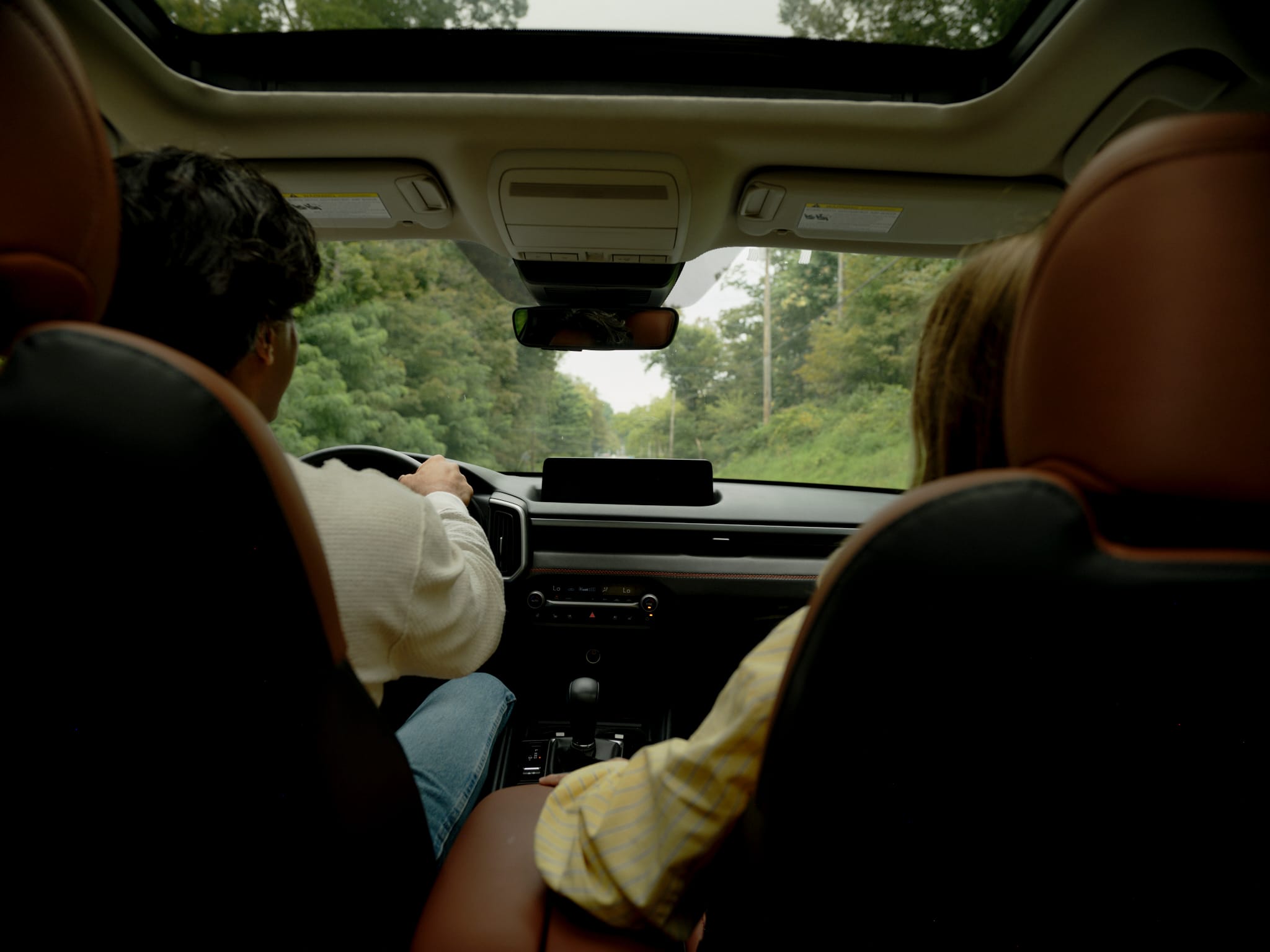How to Spend Three Days in the Texas Hill Country
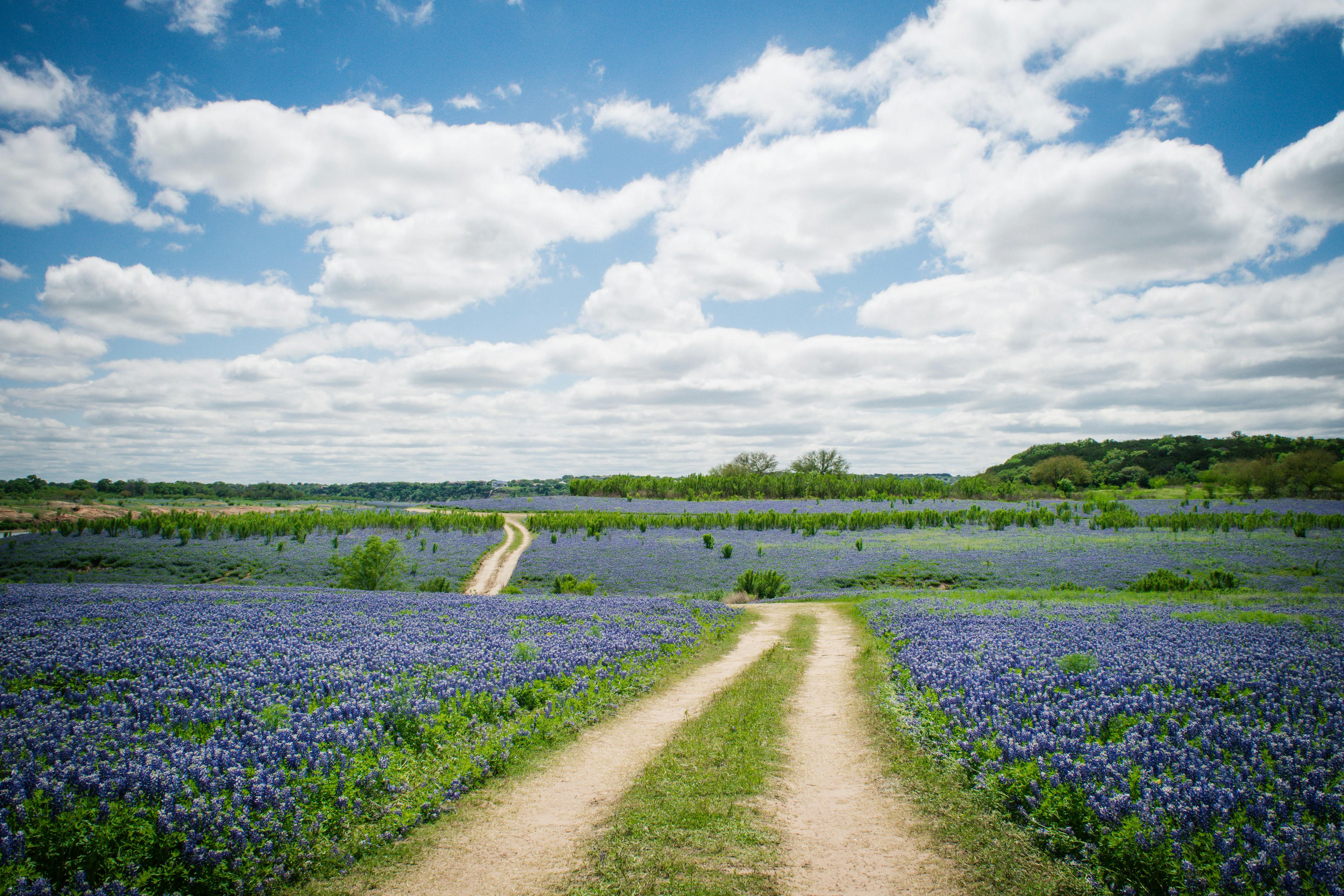
Northeast of Johnson City, Muleshoe Bend Recreation Area is a bluebonnet hotspot. | E_COTNER/Getty Images
Central Texas blooms with wildflowers, music and wine.
Excepting boots, armadillos and longhorns, nothing screams Texas! quite as loudly as bluebonnets. The prolific little lupine, wrote historian Jack Maguire, “is what the shamrock is to Ireland, the cherry blossom to Japan ... the tulip to Holland.” In the spring, bluebonnets paint the Hill Country, west of Austin and north of San Antonio, sharing the limelight with Indian paintbrush, firewheels, foxgloves and primrose. Cars swerve onto shoulders, hazard lights blinking, families piling out for photos. One Austin photographer charges $450 for a session of wildflower portraits with your dog. The blooms erupt from the same rocky soil that German immigrants tilled in the 19th century and that winegrowers coax vines from today. Rural highways wind through the Hill Country, following some of Texas’s prettiest rivers, surrounded by fields of yellows, pinks, whites, reds, purples and, of course, blues.

Texas
Marfa art and Hill Country springs, songwriters and pitmasters, Texas traditions and Rio Grande stories.
“In the spring, bluebonnets paint the hill country. ”
Day 1
In Kerrville, just beyond San Antonio’s exurban orbit, you’re either for Mary’s or Rita’s, famed breakfast-taco joints owned by feuding sisters. Both wrap the goods in huge, fluffy flour tortillas—there is no wrong choice. Running through the middle of town, the Guadalupe River is big with paddlers. Follow it west on State Route 27 to Ingram, where water splashes over the 45-degree incline of the Ingram Dam. Its algae-slicked concrete face makes for a popular (and sanctioned!) waterslide.
Cruising wildflower-lined State Route 39, keep heading west, following the Guadalupe upstream. At the Hunt Store, built from timber beams and river stones in 1946, the cafe drops hungry-traveler gut bombs like the triple-decker Clint Burger (with bacon, ham, and sausage) and mammoth chicken- fried steaks. Things get lively when bands take to the patio stage out back.
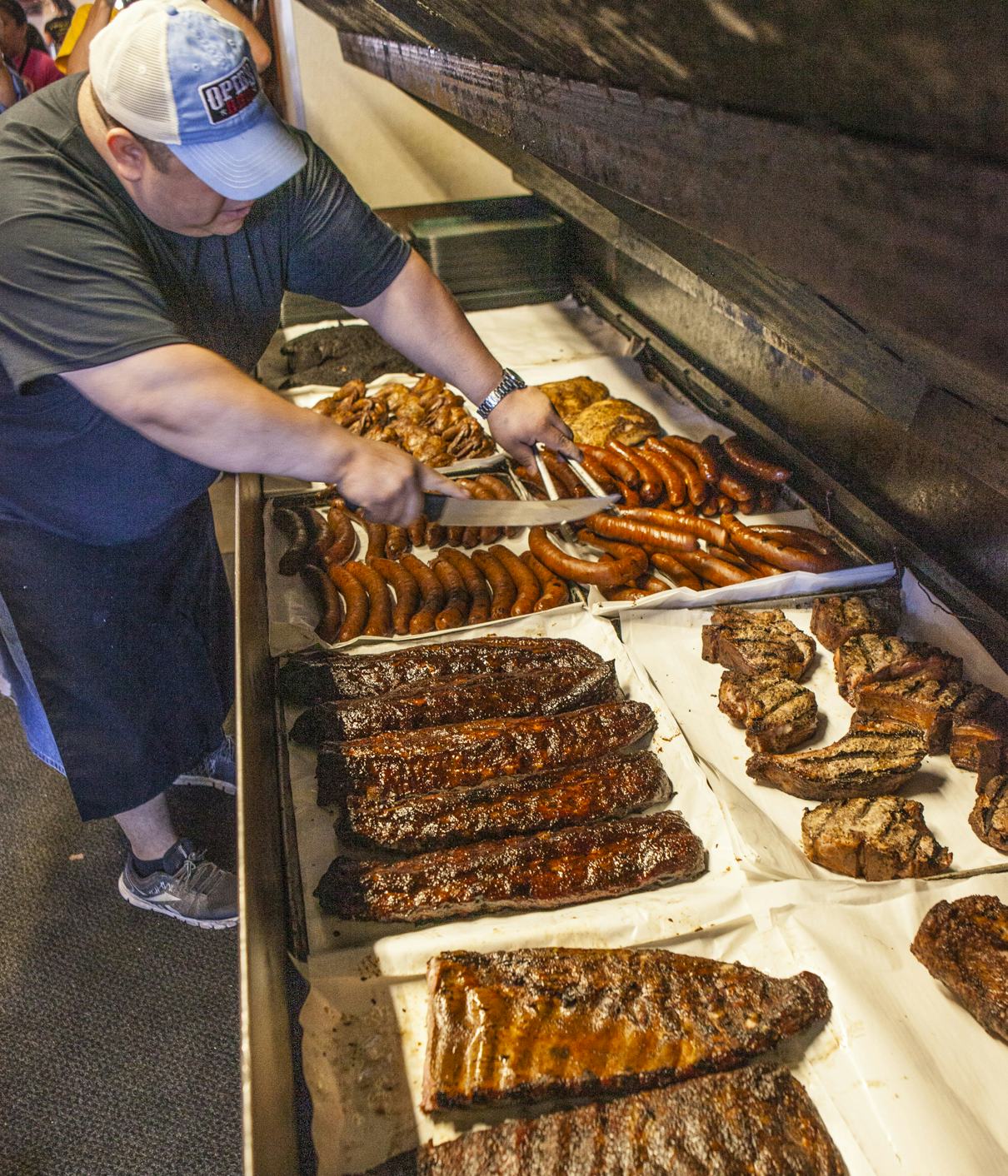
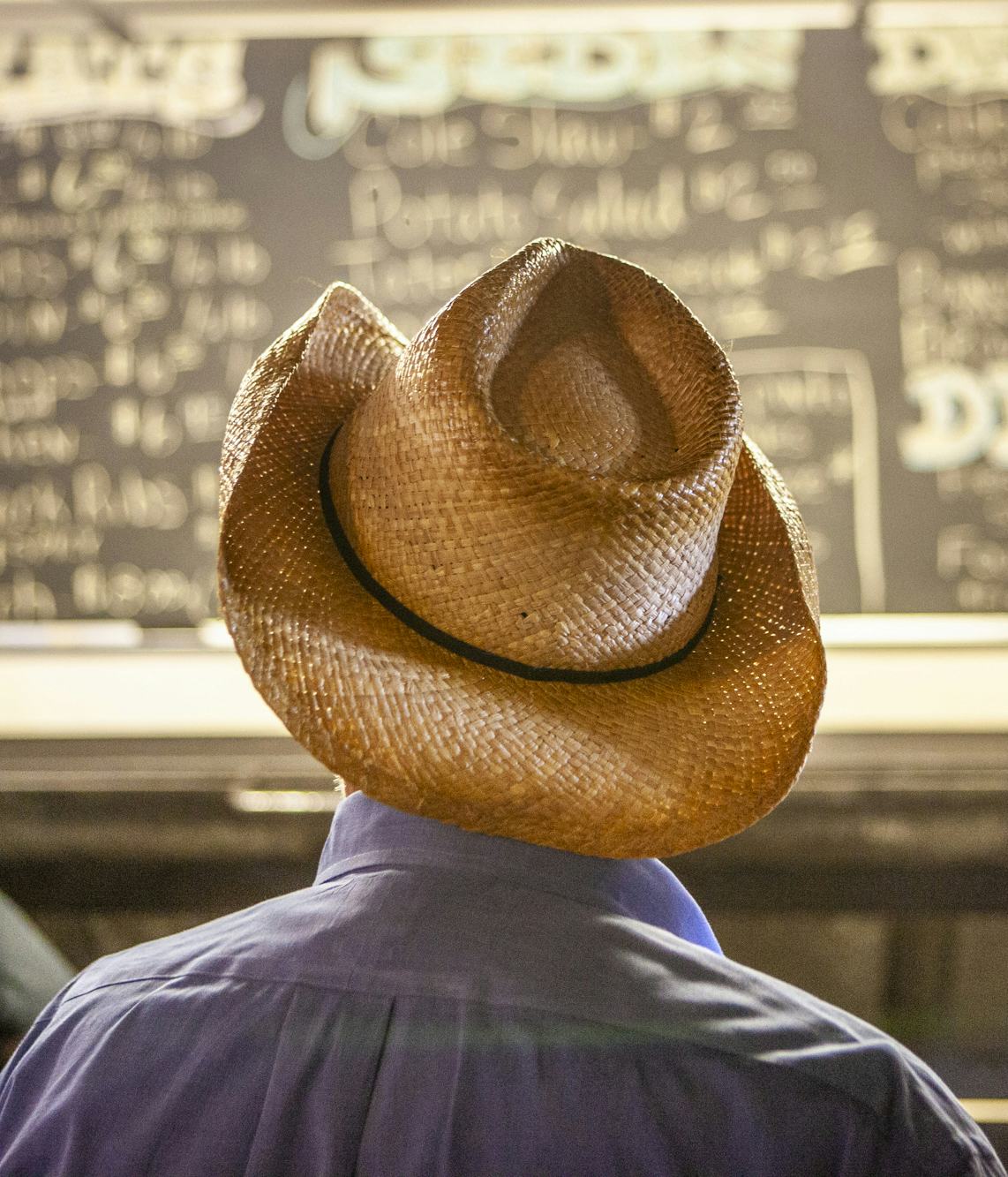
Day 2
Head northeast into the Pedernales River Valley. Johnson National Historic Park was once Lyndon Baines Johnson’s ranch, the “Texas White House” where LBJ skipped out on Washington state dinners in favor of legendary presidential barbecues. Lady Bird Johnson’s impressive floral legacy blooms along the trails. “Whenever I try to take a nap,” the 36th president once complained, “there is Lady Bird in the next room with ... 80 ladies talking about the daffodils.”
You can’t not notice the vines among wildflowers along U.S. 290. The Hill Country has become a legit wine country, attracting more tourists than any American wine region outside Napa Valley. Johnson City’s Nice N Easy pours co-owner and vintner Adrienne Ballou’s low-intervention wines along with husband Garrett Crowell’s house-brewed beers. (The story goes that a 12-year-old LBJ used to sneak into this building to drink “medicinal” wine.) After a tipple, it’s off to Luckenbach, the nearby dance hall made famous by Waylon and Willie. Grab a partner and two-step until your boots give you blisters.

Day 3
Up the road in Marble Falls, T-shirts at the Blue Bonnet Cafe declare, “Pie makes me happy!” It’s true of every slice, but the most joy-inducing is the coconut cream, its meringue piled high, defying physics. Just north of town, the Bluebonnet House is an abandoned stone home amid a sea of wildflowers. Thought to have been built in 1853, it makes for one of the more arresting scenes in all the Hill Country, like a painting come to life, a place out of time.
A pit full of smoked meats greets you inside Opie’s Barbecue in Spicewood. Point to what you want and watch your tray fill up. Don’t skip the sides: the creamy butter beans are free, and the tater tot casserole is deservedly famous. A satisfying end to a long day peeping backroad blossoms.
Read more like this
